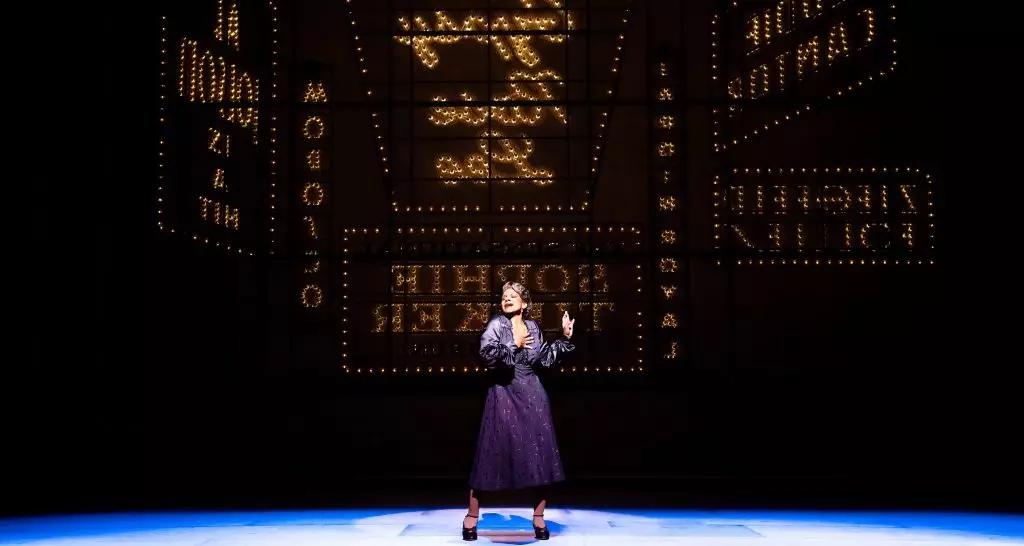Broadway, often hailed as the epitome of theatrical excellence and cultural vitality, has recently demonstrated its vulnerabilities. Despite a promising start to the 2025-26 season, the past week uncovered significant cracks beneath its glamorous veneer. The stage that once gleamed with consistent vitality now appears compromised, not solely due to external factors like weather or holidays, but also because of deeper structural issues that threaten Broadway’s long-term resilience. Underneath the surface of impressive gross figures lies a fragile landscape, symptomatic of a broader vulnerability that demands honest acknowledgment and strategic reform.
External Disruptions Mask Inner Woes
While the July 4th holiday and summer heatwave undoubtedly influenced last week’s downturn—leading to canceled performances and reduced audience turnout—they are superficial explanations. These are transient disruptions that divert attention from systemic challenges. The notable decline in weekly gross revenue, with a sharp 22% drop from the previous week, highlights an industry that struggles to retain its momentum amid external pressures. Ticket prices have also dipped substantially, with an average of just over $116—down about $15, signaling a possible shift in audience willingness to pay premium prices or, worse, a sign of waning premium attraction. The assumption that external factors alone dictate Broadway’s health is naive; underlying economic and strategic shortcomings are equally critical in this decline.
Star Power and Its Volatile Impact
Significant audience losses in productions like *Gypsy*, *Call Me Izzy*, and *Death Becomes Her* reveal another troubling pattern—dependence on star power. The absence of marquee names such as Audra McDonald and Megan Hilty visibly impacts theatrical revenue, with losses ranging up to $700,000 in gross sales for some shows. This highlights a fundamental flaw: Broadway’s reliance on star-studded casts not only exposes the industry to risks when stars are unavailable but also indicates an overemphasis on celebrity over production quality and longevity. This reliance undermines the sustainability of shows, making them vulnerable to unexpected situations and limiting the development of more resilient, long-term productions.
Capacity Utilization and Audience Engagement
A closer look at occupancy rates reveals troubling signs. Shows like *Majestic* are operating at merely 58% capacity, and *Call Me Izzy* at 46%, indicating a waning of audience interest even among niche or established productions. Although some performances, including *Wicked* and *Hamilton*, remain sell-outs or near capacity, they are exceptions rather than the rule. The broader industry must confront its declining appeal, especially given that attendance for all shows has fallen by 12% week-over-week. Such figures suggest that Broadway’s audience base is shrinking or becoming more hesitant, possibly due to rising ticket prices, competition from alternative entertainment options, or a changing cultural landscape where theater struggles to maintain relevance amid digital entertainment saturation.
What the Future Might Hold for Broadway
The top five grossing shows, led by *Wicked*, *Hamilton*, and *The Lion King*, continue to dominate financially, highlighting a persistent concentration of success among a handful of mega-hits. However, this concentration poses risks by creating a monopolistic environment where a small number of shows carry the bulk of revenue, leaving the majority vulnerable during downturns. The industry’s current model leans heavily on a handful of flagship productions while neglecting the development of new, innovative content capable of capturing diverse audiences. Without a strategic shift towards more balanced programming, Broadway’s growth may be merely superficial, vulnerable to external shocks that could jeopardize its sustainability in the long term.
A Call for Sustained Reforms
Broadway’s recent struggles serve as a wake-up call—if the industry persists in its current trajectory, the fragile recovery might turn into long-term stagnation. It is imperative for stakeholders to reassess strategic priorities, diversify content, and reduce over-reliance on star power. Moreover, ticket pricing strategies must be scrutinized and aligned with audience expectations and economic realities. Equally important is investing in marketing efforts that broaden outreach and make theater more accessible and appealing in an increasingly competitive entertainment landscape. Without these critical reforms, Broadway risks spiraling into further decline, with its once-vibrant cultural influence diminishing alongside its box office receipts.

